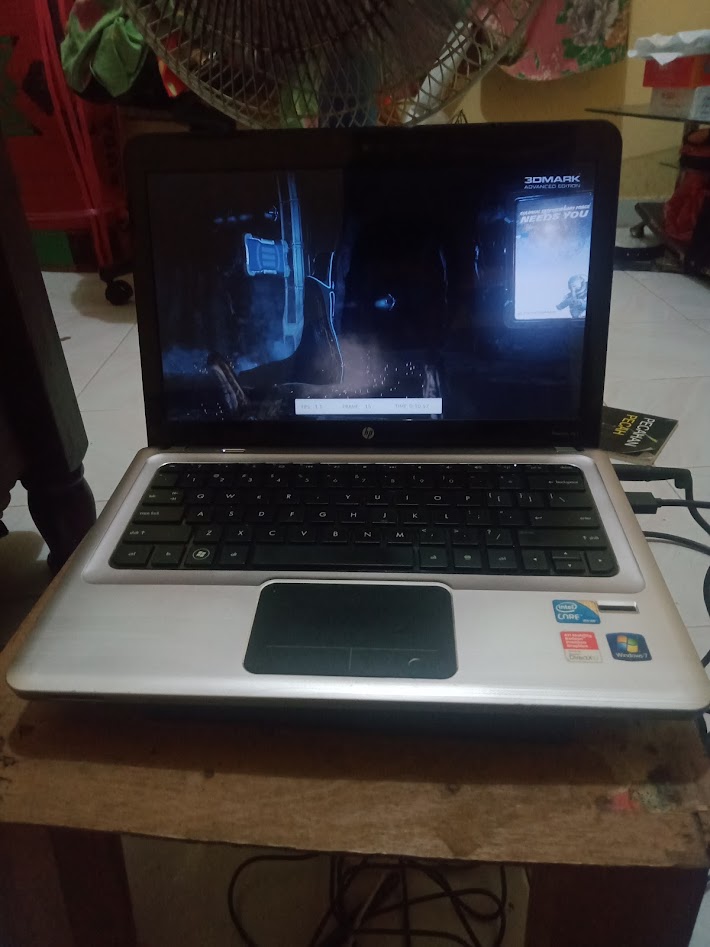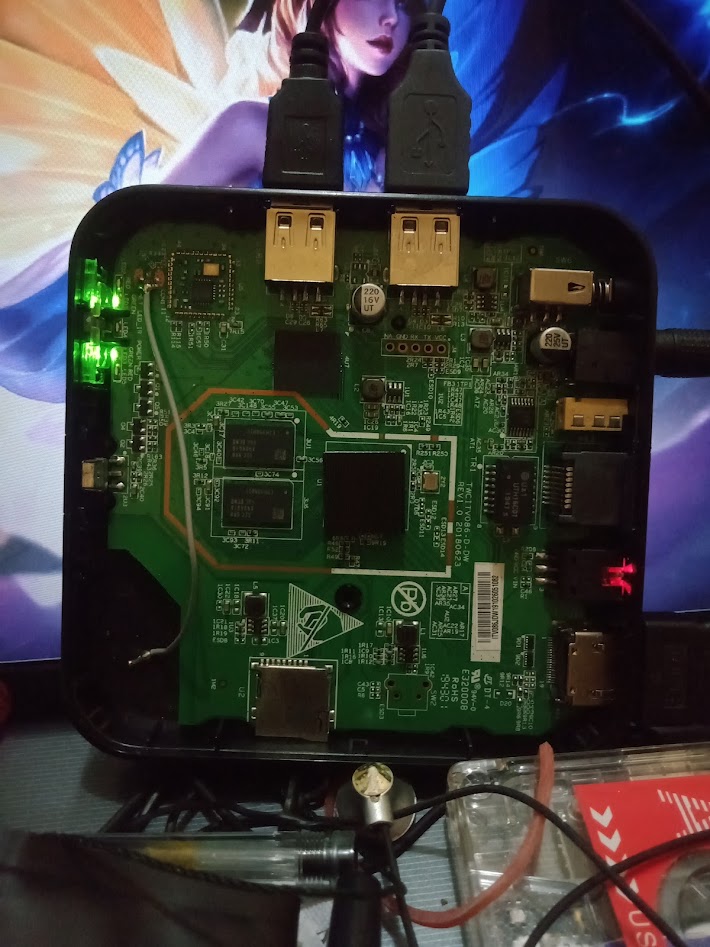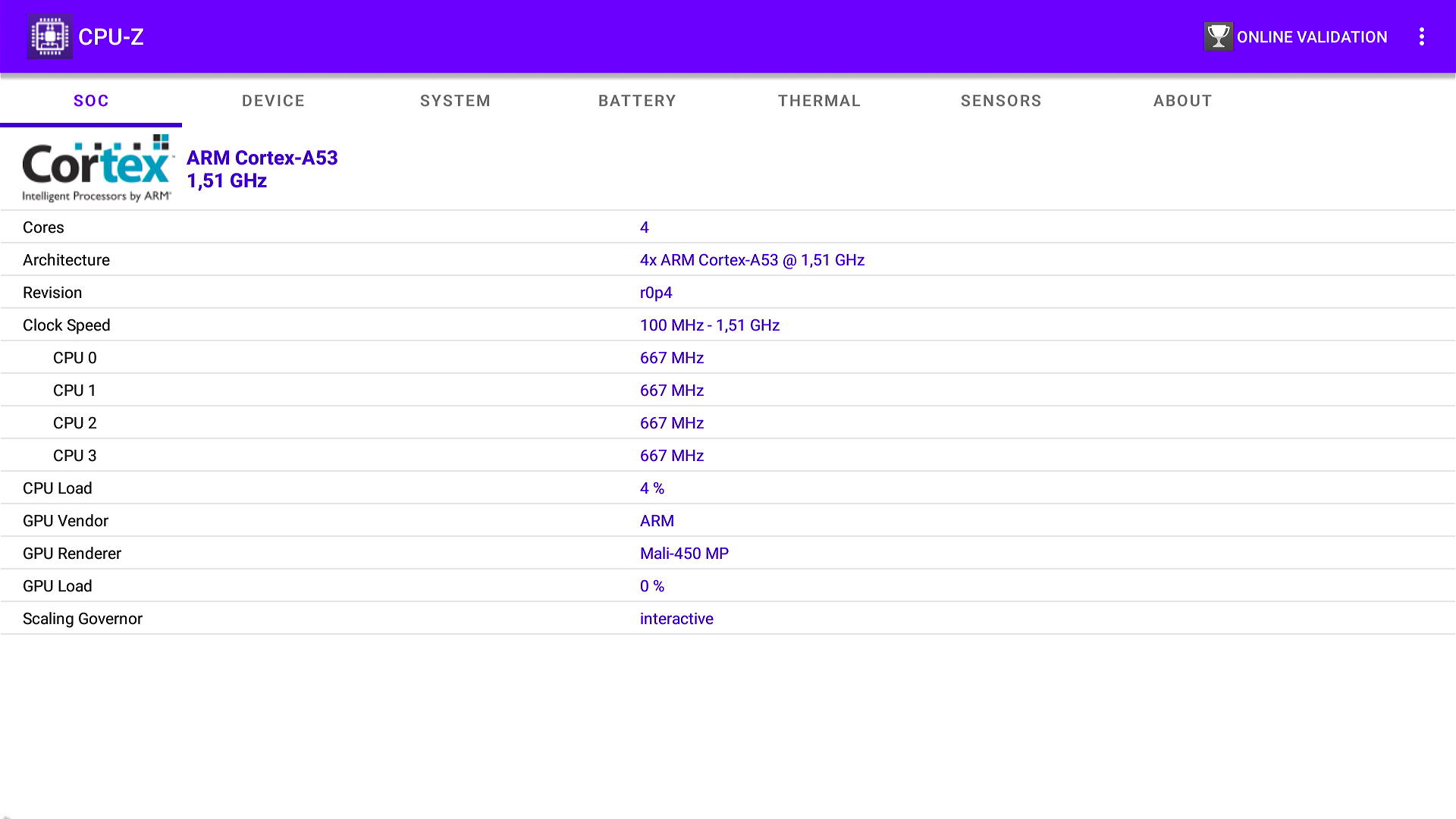Comparing: Intel Core i7 720QM vs Amlogic S905X-BV
In this comparison, we analyze two Processors: Intel Core i7 720QM and Amlogic S905X-BV, using synthetic benchmark tests to evaluate their overall performance. This side-by-side comparison helps users understand which hardware delivers better value, speed, and efficiency based on standardized testing. Whether you're building a new system or upgrading an existing one, this benchmark-driven evaluation offers valuable insights to guide your decision.

Amlogic S905X-BV
| Type: | Processors |
|---|---|
| Brand: | Amlogic |
| Model: | Amlogic S905X-BV |
Specification Comparison Table
This specification comparison presents technical details of several devices or components to help you understand the key differences between each option. Use this table as a reference to determine which device best suits your needs.
| Specification | Intel Core i7 720QM | Amlogic S905X-BV |
|---|---|---|
| Architecture | x86 | ARM |
| Technology | 45 nm | 28 nm |
| Clock | 1.6 GHz - 2.8 GHz | 1.5 GHz - - |
| Core/Thread | 4 / 8 | 4 / 4 |
| Segmen | Mobile | IoT, TV, Mobile |
Submission Comparison Table
This submission comparison table displays the number and details of benchmark data submissions from various devices or components. This information helps you understand the performance based on the benchmarks that have been tested, as well as providing an overview of the consistency and popularity of the available benchmark results.
| No. | Benchmark Software | Intel Core i7 720QM | Amlogic S905X-BV |
|---|---|---|---|
| 1 | Geekbench3 - Multi Core |
4158 points |
1926 points |
| 2 | Geekbench3 - Single Core |
1078 points |
652 points |
| 3 | Geekbench4 - Multi Core |
4457 points |
1791 points |
| 4 | Geekbench4 - Single Core |
1420 points |
634 points |
Submission Comparison Chart
This chart visualizes the benchmark scores comparison between two hardware devices based on submitted data.
Media Gallery
A collection of photos of tested hardware. These images can help you identify the physical form, model, and variant of the hardware in question. These photos are from our own documentation, and if they are not available we may not be able to document them.
About Hardware Intel Core i7 720QM
The Intel Core i7-720QM, launched in Q3 2009, was one of the first mobile quad-core processors to feature Intel's Nehalem microarchitecture, specifically the Clarksfield variant. Targeted at high-performance laptops, such as gaming machines and mobile workstations, the i7-720QM brought 4 physical cores and 8 threads to the mobile platform, thanks to Hyper-Threading Technology providing a significant boost in multi-threaded workloads like video editing, 3D rendering, and other professional-grade applications. The processor runs at a base clock speed of 1.6 GHz, but it can dynamically increase up to 2.8 GHz using Intel Turbo Boost, depending on thermal headroom and power availability.
Manufactured using a 45nm process, the i7-720QM has a TDP of 45W, which is quite high by today's mobile CPU standards. This thermal demand necessitated more robust cooling solutions in laptops that featured the chip. Unlike modern CPUs, the i7-720QM does not come with integrated graphics, which means systems based on this processor require a dedicated GPU often from AMD or NVIDIA for graphics processing and display output. As such, it was typically paired with mid-to-high-end discrete graphics cards in its time, making it a solid choice for gaming and multimedia laptops in the late 2000s and early 2010s.
While the Core i7-720QM was a powerhouse during its release, its performance and efficiency are significantly outpaced by modern CPUs built on smaller nodes and with higher IPC (Instructions Per Clock). Nevertheless, legacy laptops using the i7-720QM can still be viable for basic computing tasks like web browsing, document editing, or watching videos especially if paired with an SSD upgrade and increased RAM. Users running Windows 10 on such systems may experience some limitations, but with proper optimization and lightweight software, the CPU can still deliver a usable experience in non-demanding environments.
Hardware Detail:
Device: HP Pavilion dv3-4054TX
RAM: 4GB DDR3 Single Channel
OS: Windows 7, Windows 10
Tuesday, 19 July 2022 19:48:49 | Update: 1 month ago
About Hardware Amlogic S905X-BV
The Amlogic S905X is a popular ARM-based System-on-Chip (SoC) designed primarily for Android TV boxes and media streaming devices. Released in 2016, this chipset offers a balance of performance and efficiency for home entertainment setups, especially for users who need affordable hardware capable of smooth video playback up to 4K resolution.
The S905X features a quad-core ARM Cortex-A53 CPU, clocked at up to 1.5 GHz, paired with a Mali-450 MP3 GPU for graphics processing. While this configuration isn’t suitable for heavy gaming or demanding multitasking, it is more than sufficient for tasks like streaming video, running lightweight Android apps, and operating smart TV interfaces.
Built using a 28nm process, the Amlogic S905X offers good thermal and power efficiency for always-on devices. One of the key strengths of the S905X is its hardware video decoding support, including H.265 (HEVC), VP9, and HDR10, making it ideal for high-resolution video playback with low CPU usage.
The chip also supports HDMI 2.0a, USB 2.0, and eMMC 5.0/5.1 storage, which are common in Android-based TV boxes. However, its performance is somewhat limited for tasks outside of video consumption, such as emulation or productivity, due to the modest clock speeds and older GPU architecture.
Hardware Detail:
Device: FiberHome HG680-P
Device Specs: Amlogic S905X, 2GB RAM, 8GB eMMC 5.1, Android 6.0.1 Custom ROM atvXperience
Wednesday, 14 June 2023 04:25:40 | Update: 1 month ago





